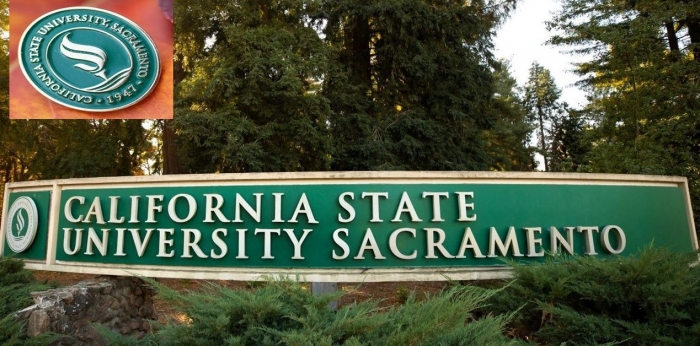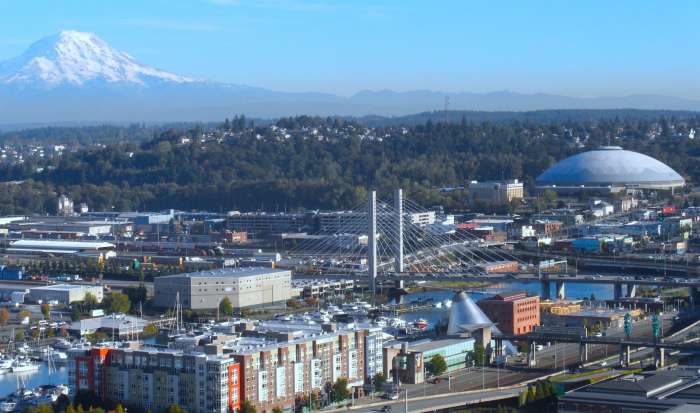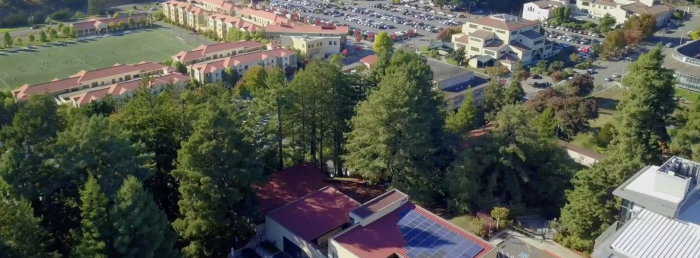 What if I told you that over the next five to 10 years a significant number (potentially over 35%) of local government workers will retire? You would probably respond, “Tell me something that I don’t know.”
What if I told you that over the next five to 10 years a significant number (potentially over 35%) of local government workers will retire? You would probably respond, “Tell me something that I don’t know.”
Most people are aware of the retirement wave, but very few recognize the environment that local governments will be forced to navigate as they recruit top talent for providing mandated services at a competitive level.
How local governments are preparing for the future will impact communities, across the country for decades and generations to come.
Knowing the future is not enough! Instead, what are local governments doing to prepare for the future?
Before we can answer this question, it is important to provide a landscape of the new reality. Local governments should understand the current environment before determining the methods needed to recruit top talent.
Local governments’ budgets are strained and recruiting top talent is essential. Over the next decade, the scarcity of resources will continually be an increasing reality for local governments. Unfortunately, the federal and state governments continue to place a greater burden on local governments to effectively administer and fund various projects and services. Consequently, local governments need to recruit top-talent.
Recruiting top talent requires them to compete against the traditional private (financial competitive advantage) and public (socially-driven competitive advantage) sector. Additionally, entrepreneurial/start-ups span both sectors and are dynamically driven, socially conscious, and are sometimes profitable ventures. Local governments should clearly understand their competitive advantage to compete for top talent.
Millennials seek to add value to their company, career, and (local/global) community. As local governments consider millennials’ role, they must recognize that millennials may lack “decades of experience”, but can source ideas from a diverse background of experiences while providing competitive implementation strategies. Therefore, local governments should be open to a different way of operating.
Despite the global perspective, some millennials are still interested in being locally connected. Consequently, local governments primarily in suburban and rural communities should develop physical and cultural policies that allow millennials to connect and add value through a variety of mediums within their communities.
Local governments can expect to retain millennials for no more than two to four years. Conversely,loyalty cannot look the same because it is not based on years of service, but on value-added. A millennial can be loyal through the quality of work that he/she commits to during his/her tenure at an organization, which can potentially add significant value despite the lack of years.
Additionally, tenure within an organization is rewarded differently today. Due to the acceleration of technological advances, social challenges, and economic demands (globally/locally), a person without a diverse range of experiences and networks can limit their competitive edge. Consequently, local governments should develop turnover mechanisms that allow them maximize an individual’s value-added, while preparing the individual for their career aspirations.
Alternatively, lack of turnover in the rapidly changing market can compromise local governments’ ability to field new ideas and meet new realities. Therefore, local governments should accept that government may not be the final stop, but a stepping stone to greater opportunities.
The impending retirement of baby boomers signals a high probability of institutional knowledge loss. With the downturn of the economy in 2008, a significant number of eligible retirees within local government decided against retiring, but as the market improves their retirement will be inevitable.
The loss of institutional knowledge could hamper local governments’ ability to transfer relevant best practices, which could increase the probability for future errors and training costs. Therefore, local governments should develop strategies and systems to minimize the loss of knowledge and develop ways to transfer these important skills.
Once local governments clearly define their realities, they can begin to answer the question of “What to do?” This approach allows them to determine the most important factors that will impact their ability to recruit top talent and target limited resources to mitigate those factors.
In upcoming blogs, I will highlight examples of local governments who are currently working on the challenges listed above. Also, I welcome your thoughts and examples of other local governments that are navigating these new realities.




Great article! I wrote an article last month on something similar. I look forward to reading your upcoming blogs as I am very interested in finding out what some local governments are doing to address this issue.